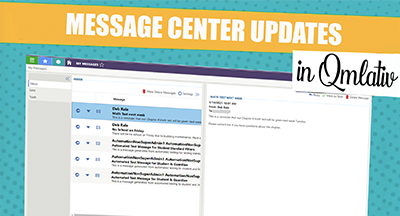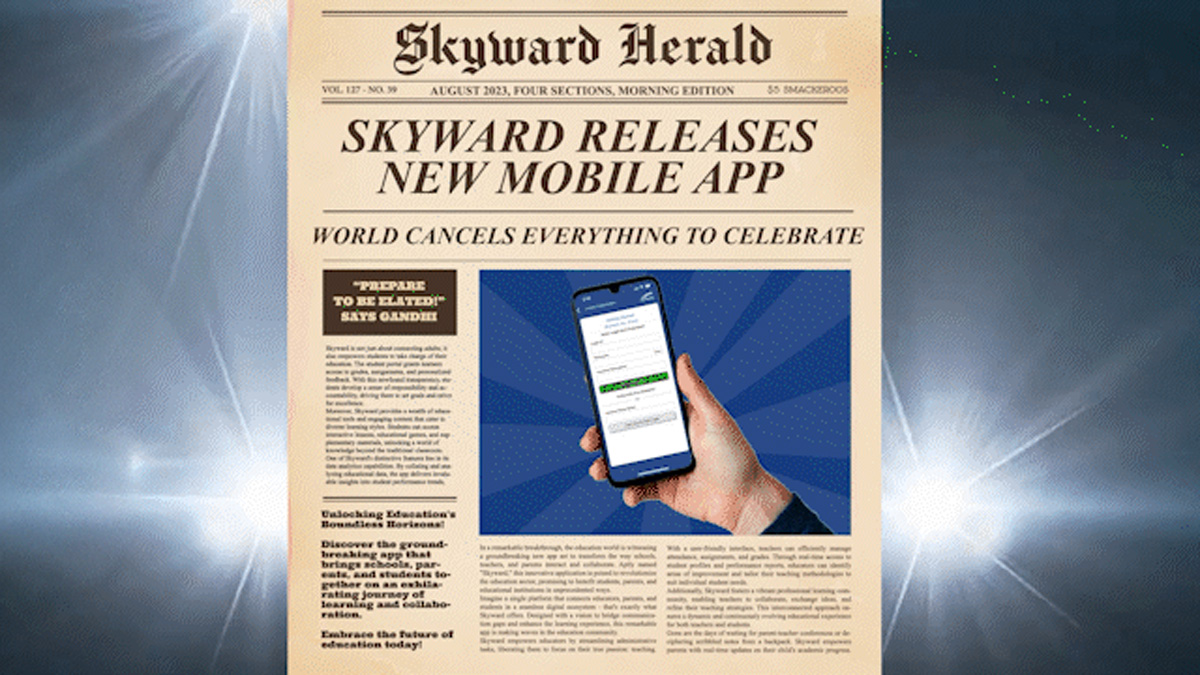June 01, 2019 • read
Technology Tips: June 2019 Edition
|
Skyward IT Services Network Infrastructure and Security Specialists |
Skyward IT Services
Bypass naming conventions by compressing files
As districts move on to bigger, better, and more cloud-based recordkeeping solutions, archiving old files can present some challenges. Standards for naming files may change between providers or even hardware—for example, special characters may be all right on Windows machines but present problems on Macs.If you have files you’re merely looking to archive which won’t need to be accessed daily, you can work around naming conventions by zipping them into a compressed file. Name the zipped file something that fits the new system’s naming conventions (steer clear of special characters, slashes, and other non-alphanumeric symbols) and the system should accept it. It’s the best of both worlds: no file duplication or tedious renaming required.
Getting the most from WiFi 6
WiFi is getting faster again. The new standard, which offers speeds up to 40% faster compared to WiFi 5, specifically addresses device battery life by pinpointing precise access points and turning off unused access points. This conserves power since unused devices don’t create a constant pull on WiFi access points.WiFi 6 has also improved multiple input and multiple output. WiFi 5 allowed the access point to contact multiple devices simultaneously, but only one device could respond at a time. Now multiple devices can respond at the same time—which makes a huge impact on office buildings and schools.
Most capable routers resemble stingrays or dead spiders, with up to eight legs (or antennae, depending on your perspective). Some include up to eight different streams of connectivity, improved ability to penetrate solid objects, and adaptors to increase the wireless mesh, expanding network area.
Evergreen ransomware tips
It’s a threat that never goes away, and more districts than ever are facing attacks with data held for ransom. It’s never a bad idea to revisit and re-evaluate your approach to a potential threat.- Have a plan. Know exactly who is responsible, what action to take, when it should be put into effect, and why it’s so important well ahead of any attack. Revisit the plan frequently, especially amid turnover, and mention its existence (but don’t tip your hand) during onboarding.
- Back up data. For the best results, use the 3-2-1 method: Have three different copies of data, in two types of storage, with at least one stored offsite (for bonus points, store it offline as well).
- Find a restore point. Certainly not least, this component requires quick action as soon as the network may have been compromised (perhaps by a phishing email or some other potential threat). To be effective in the fight against phishing, staff must be trained to recognize malicious links, have the wherewithal to realize when they may have accidentally exposed the network to malware, and be part of a welcoming culture which empowers them to report accidental clicks without fear of retaliation. Time is of the essence—if your team can pinpoint exactly when the threat entered the system, they can stop backups and choose an appropriate restoration point.
Malware of the Month: $1 Million for a Malware Menagerie?
In a case of art imitating life, a laptop containing six different extremely malicious types of malware has been purchased at auction for $1.3 million. The artist likens the hardware to a zoo of malware, a representation of the wild unknown roaming the internet. “Beasts” contained within include:- WannaCry, circa 2017, which wreaked havoc at the British NHS
- ILoveYou, circa 2000, which infected 50 million computers in two weeks
- MyDoom, circa 2004, which was distributed through email
- SoBig, circa 2003, which was said to have infected one in every 17 emails
- BlackEnergy, circa 2016, which was used to attack Ukraine’s power grid
- DarkTequila, a keylogger
US law prohibits the sale of malware, so the artist claims the laptop has been isolated from all networks and all ports have been disabled.
Thinking about edtech for your district? We'd love to help. Visit skyward.com/get-started to learn more.
|
Skyward IT Services Network Infrastructure and Security Specialists |

 Get started
Get started




